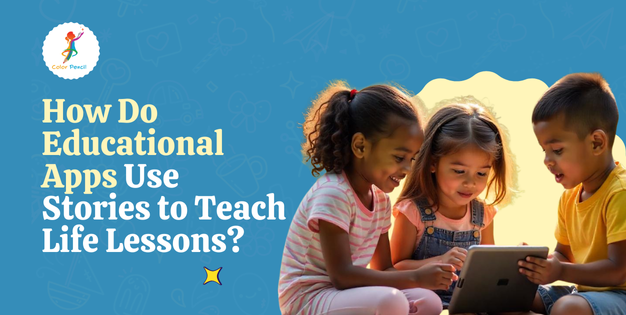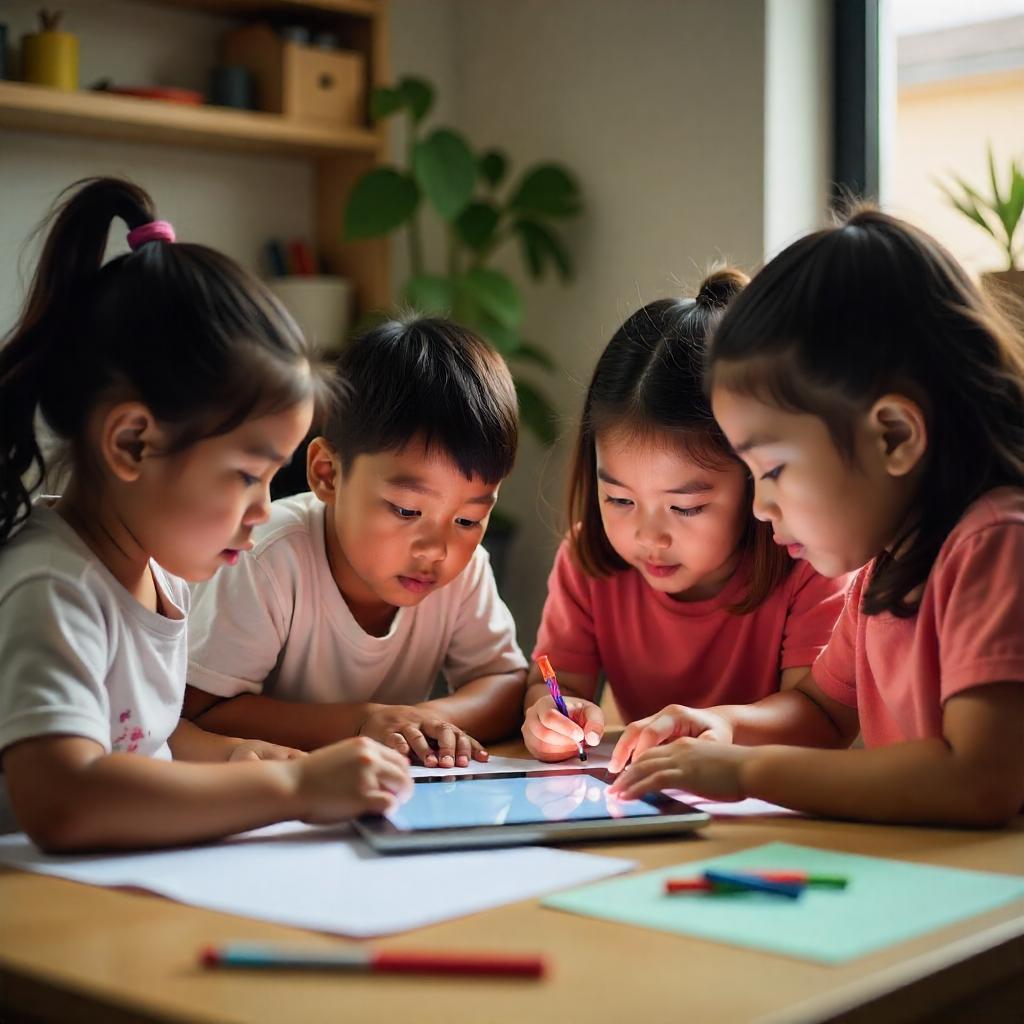
Top 10 Baby Signs to Teach First—and Why They Matter
Before your baby can speak, they can still communicate—with their hands. Teaching baby signs is a powerful way to reduce frustration, build early language skills,

Stories have always been one of the most powerful tools for teaching life lessons. From bedtime tales to classroom fables, narratives help kids make sense of the world around them. Now, educational apps for kids are taking this timeless teaching method and weaving it into interactive experiences that captivate young minds.
Through colorful characters, relatable situations, and engaging challenges, these apps teach values like kindness, teamwork, resilience, and problem-solving—all in a way that feels like play. So, how do they do it? Let’s dive into the magic of storytelling in learning apps and why it works so well.

Stories resonate with kids because they are naturally curious and imaginative. When children hear a story, they aren’t just listening—they’re visualizing, empathizing, and connecting. This makes lessons learned through stories stick longer.
Benefits of stories in education:
Apps bring this process to life by making kids an active part of the story, letting them influence outcomes and take ownership of their learning.

Stories are more than just entertainment—they’re tools that engage kids while subtly weaving in important lessons. Here’s how apps use storytelling to make learning both fun and impactful.
1. Interactive Storylines: Many apps include interactive stories where kids choose what happens next. For example, a child might help a character decide how to share toys or solve a puzzle, reinforcing lessons about empathy or decision-making.
2. Relatable Characters: By featuring characters kids can see themselves in—like a shy bunny learning to make friends or a curious fox exploring a new town—apps make lessons feel personal and impactful.
3. Built-In Challenges: Stories often include mini-games or challenges that test skills like counting, spelling, or matching. These activities reinforce the narrative while sneaking in skill-building moments.
4. Subtle Messaging: Instead of preaching, apps weave life lessons into the storyline. A story about a group of animals building a treehouse might teach teamwork without ever explicitly saying, “Teamwork is important.”

Beyond the captivating characters and exciting adventures, the heart of these stories lies in the life lessons they impart. From compassion to problem-solving, here’s a look at the meaningful takeaways kids gain through story-based learning.
Kindness and Empathy: Interactive stories often show characters helping each other, encouraging kids to do the same. For example, a story about a lost puppy teaches compassion by having the child guide the puppy home.
Problem-Solving: Stories present challenges—like fixing a broken bridge or finding a hidden treasure—that require kids to think critically and explore solutions.
Resilience: When characters face obstacles, kids learn the importance of perseverance. A story where a caterpillar turns into a butterfly can teach that growth takes time and effort.
Responsibility: Apps often involve characters taking care of plants, pets, or friends, subtly showing kids how their actions affect others.
Diversity and Inclusion: Stories featuring characters from different backgrounds help kids appreciate diversity and understand the value of inclusion.
Stories help kids learn life lessons in a way that’s engaging and relatable. They foster emotional connection, critical thinking, and problem-solving skills.
Yes! Stories in apps often feature characters showing kindness or helping others, encouraging kids to reflect these behaviors in their own lives.
Choose apps with interactive features, age-appropriate content, and relatable characters. Ensure the app is free of ads and designed for a positive learning experience.
Both have their strengths. Apps make lessons interactive and engaging, while books foster imagination and deeper family connections. A mix of both is ideal.
Experts recommend limiting screen time to about 15–30 minutes per day for younger children, focusing on high-quality content that supports their development.
Stories have a timeless ability to teach, inspire, and connect. In the world of educational apps, this storytelling magic takes on new life, helping kids learn important values and skills while having fun.
From kindness to resilience, these apps weave life lessons into narratives that stick with children long after screen time is over. So whether it’s helping a lost puppy find its way home or building a bridge with a group of animal friends, story-based apps give kids the tools they need to grow—not just academically, but emotionally and socially, too.